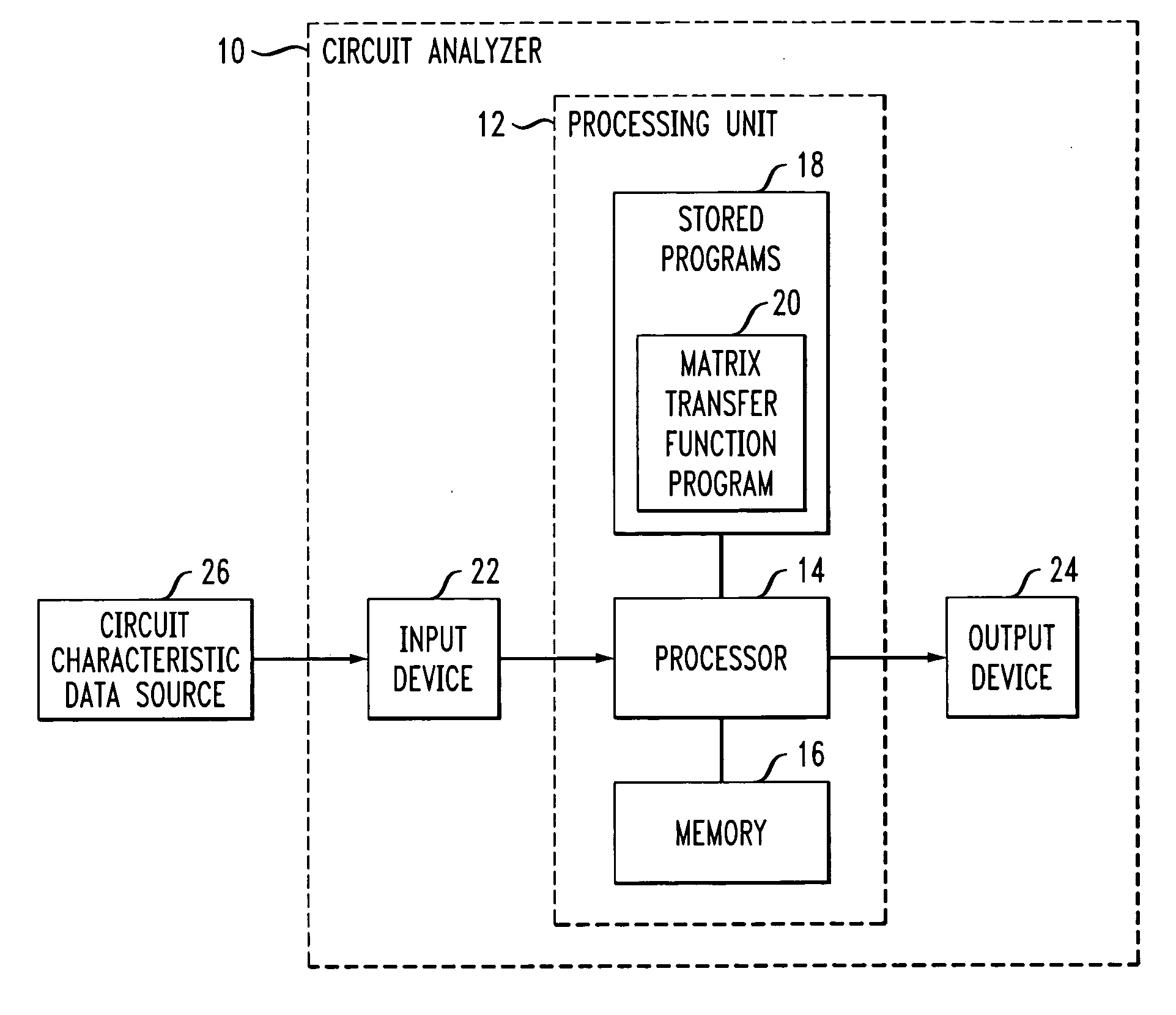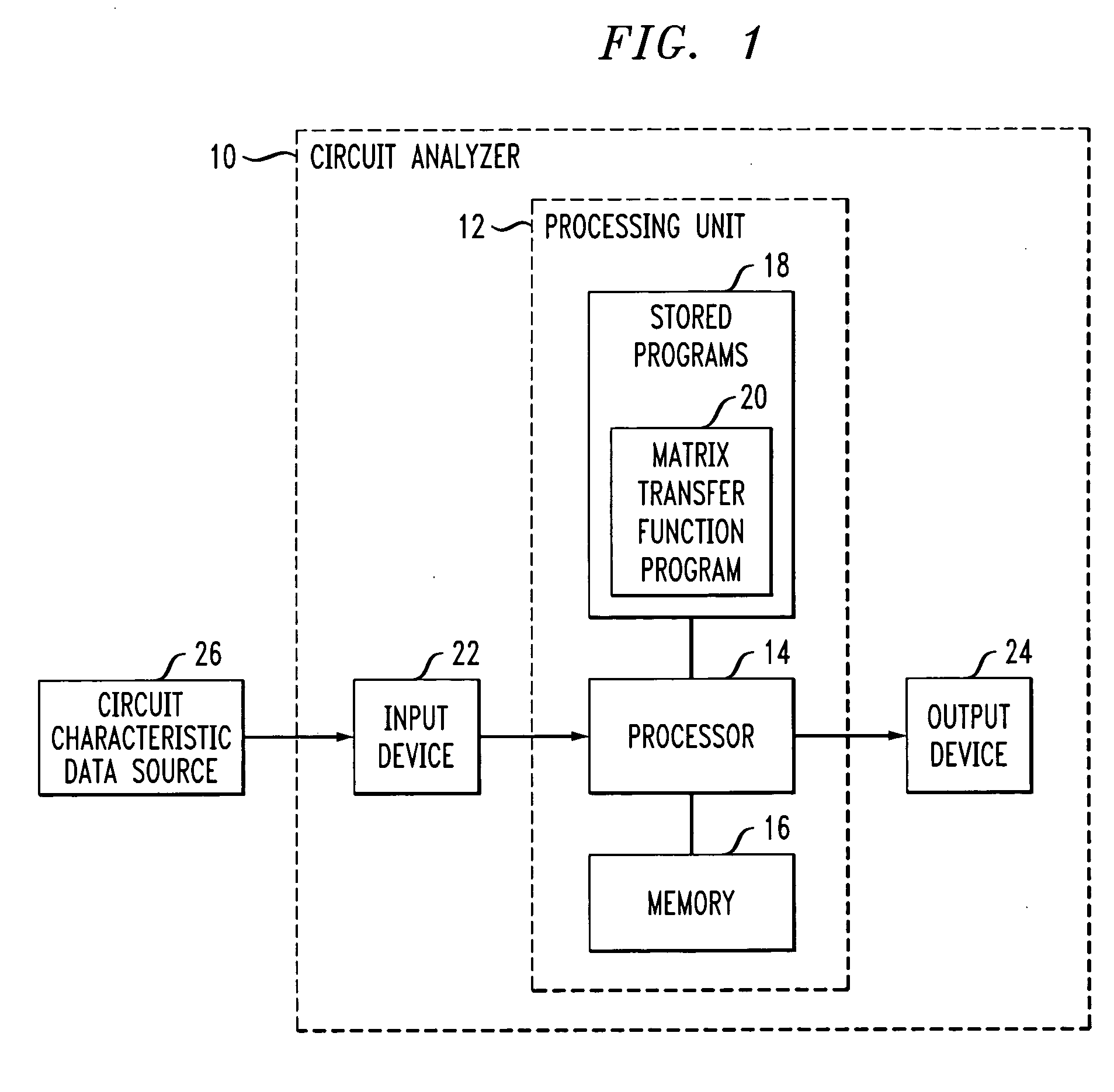Method and apparatus for structure-preserving reduced-order modeling
a reduced-order model and structure-preserving technology, applied in the field of electronic circuit modeling, can solve the problems of inability to guarantee the passiveness of the general rlc circuit of the reduced-order model based on the same size, large subnetworks, and inability to accurately model the same size of the padé-based model, etc., to achieve the effect of conserving reciprocity
- Summary
- Abstract
- Description
- Claims
- Application Information
AI Technical Summary
Benefits of technology
Problems solved by technology
Method used
Image
Examples
Embodiment Construction
[0017] The invention will be described below in conjunction with illustrative embodiments of a circuit analysis system and an associated structure-preserving reduced-order interconnect modeling process referred to herein as SPRIM. It should be understood, however, that the invention is not limited to use with the particular system and process described, but is instead more generally applicable to any circuit, device or system modeling application in which it is desirable to provide improved performance relative to conventional techniques such as the PRIMA technique.
1. Circuit Analysis System
[0018]FIG. 1 shows an exemplary circuit analysis system in which the present invention is implemented. The system includes a circuit analyzer 10 and a circuit characteristic data source 26. The circuit analyzer 10 comprises a processing unit 12, an input device 22 and an output device 24. The processing unit 12 comprises a processor 14, memory 16, and stored programs 18, including a transfer f...
PUM
 Login to View More
Login to View More Abstract
Description
Claims
Application Information
 Login to View More
Login to View More - R&D
- Intellectual Property
- Life Sciences
- Materials
- Tech Scout
- Unparalleled Data Quality
- Higher Quality Content
- 60% Fewer Hallucinations
Browse by: Latest US Patents, China's latest patents, Technical Efficacy Thesaurus, Application Domain, Technology Topic, Popular Technical Reports.
© 2025 PatSnap. All rights reserved.Legal|Privacy policy|Modern Slavery Act Transparency Statement|Sitemap|About US| Contact US: help@patsnap.com



